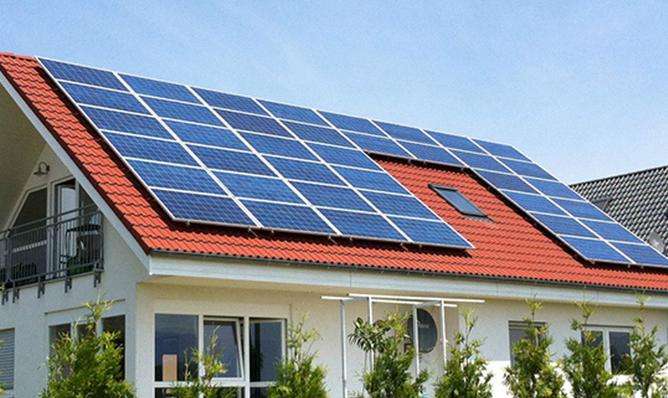1. First of all, you need to prepare the tools for disassembly, as shown in the figure below.
2. Next, you need to find the two screw holes on the hair dryer handle as shown in the picture below.
3. Then remove the two screws from the handle and gently open it as shown in the picture.
4. Next, you need to remove the place where the power cord is connected as shown in the image below.
5. Then you need to hold the two thin objects on the back with one hand and two fingers, and open the cover on the back of the hair dryer as shown in the picture.
6. Next, use pliers to remove the generator from the hair dryer, as shown in the image below.
7. Then remove the layer of foil on the outside of the generator as shown in the image below.
8. Finally, the hair dryer is disassembled, as shown in the picture below.
Power cannot be sent below 400Ω. The energy generated by the generator is entirely three-phase. Each phase of the three-phase power supply and its neutral point can form a single-phase loop to provide power to users. Note that the switching circuit here cannot be called positive or negative pole, but should be called line end (called live wire in civil electricity) and neutral line (called neutral line in civil electricity).
According to regulations, the neutral line of a 380 volt civil power supply (three-phase) must not be grounded at the input (grounded at the end of the transformer. This Grounding is taken into account so as not to cause damage due to floating potential. At a potential higher than the supply voltage, there is some resistance in the earth between the user earth and the transformer earth. ).
The feeding methodtion is a live wire and a neutral wire (neutral point lead wire) forming a loop, and there is also a ground wire connected to the 3-conductor single-phase power jack. This takes into account the implementation of the leak protection function.
Detailed information
The grounding device of the three-phase power supply can play its proper role during operation, and its resistance of Grounding must comply with regulations. requirements. For various commonly used grounding devices, the permitted earth resistance (Ω) values are:
(1) The working earthing of a transformer or generator with a power supply capacity of 100 kVA or more, R=4Ω .
(2) The working grounding of a transformer or generator with a supply capacity of 100 kVA or less, R=10Ω.
(3) When the neutral line of a system of dilow voltage distribution of 100 kVA and below is repeatedly grounded, R=10Ω; when there are more than three repeated groundings, R=30Ω;
(4) Protective earthing of non-live metal parts of electrical equipment, R=4Ω; protective earthing of equipment equipped with fuses less than 25A in the input wire, R=10Ω.
(5) The grounding of the low voltage line tower or the insulating pin of the low voltage input line, R=30Ω.
Baidu Encyclopedia — Three-phase electricity














